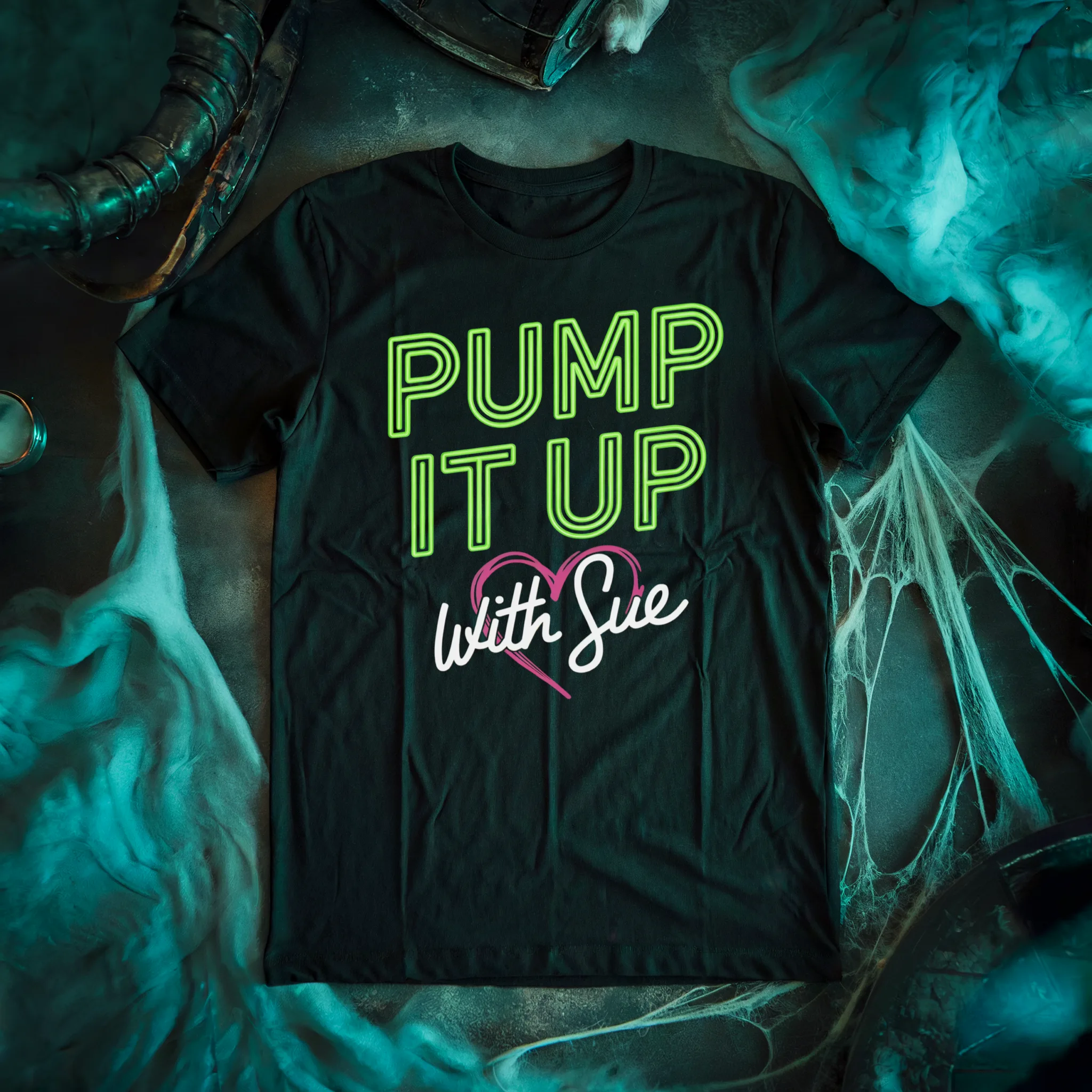The peaceful sanctity of a beach house can be an escape from the vile indecencies of reality. However, it can also be an isolating and obscure landscape that is home to some of the most unexplorable regions, and creatures, of the world. With plenty of space to share, the beach offers limitless potential for horrors to take hold. The Beach House tells the story of a young couple “Hoping to reignite their relationship, Emily and Randall arrive at their weekend getaway only to discover a peculiar older couple already staying there. They all agree to share the home and after an indulgent night of partying, wake up to a living nightmare of apocalyptic proportions.”
A debut film from writer-director Jeffrey A. Brown streaming on Shudder, The Beach House stars Liana Liberato (To The Stars), Noah Le Gros (Depraved), Jake Weber (Dawn Of The Dead), and Maryanne Nagel (Take Shelter). An awkward meet-cute is met with terrifying mutations that will put the young couple’s ability to act and react as their off-season solace becomes a source of infectious repercussions.
Shall We Go To The Beach?
The Beach House is a genre film that executes a more nuanced narrative by expanding on its singular, functional setting. Beginning submerged underwater, the film transitions through the use of beautiful swirls of the water and maximized scenes of the ocean floor. The fresh, natural scape of the beach shoreline provides for an odd tranquility against the ensuing chaos that Brown utilizes with intention and authenticity. The beach house itself, owned by Randall’s doctor father, is humbly authentic, from the colors of the walls to the creaking in the old floorboards. Washing over the oncoming intensity, a calming shoreline at a private residence presents a perfect setting for isolation. The bouts of sunshine bring an unsettling tone to the eerie change in climate just as the charming demeanor of the house’s purpose quickly becomes the epicenter of natural destruction. The total seclusion and desolation of a seasonal spot is a bright decision that adds a thickness to the swelling air hanging around the characters.
The house itself serves as more than just a location point, but rather flows with The Beach House’s overall ominous theme. The clear blue ocean, warm soft sand, and bright sunny skies are a real break from the dread building up inside the house, but soon become moving parts in the dire circumstances Emily and Randall find themselves in. The beach sets the stage for the ongoing discussion of human delicacy, environmental dependency, and furthering intelligence. As a place that seems to be a prime source of comfort, happiness, and nostalgia for many, the house and its surroundings play a bigger role in driving home the motifs of life, nature, changing, and the unknown. Brown plays on the vast openness and enigmatic matter of the surrounding ocean as well as maintaining movement given the singular space and purposely limited number of players. Always seeming to be in restoration, the house moves with the notion of organic change. The Beach House is a perfect destination to reflect on the fragility of life and then watch it drastically break down right before our eyes.
Acquired Taste
The Beach House is an ambitious venture into the deep and through the void. Many of the film’s features work in an exquisite and successful genre motion, but some surprisingly drown out in the shallows. We’re immediately introduced to young couple Emily and Randall, who are trying to pick up the pieces of their relationship after Randall’s disappearance from school. Emily, more driven and academically inclined than her partner, is subjected to his outright indifference and her subject of study might be a little too on-the-nose for the events that occur. Randall wants to vacation forever and avoid responsibility, which never winds up being a truly desirable state, while Emily is more geared towards setting goals and moving forward. The two lack any major factors of chemistry and there is really no semblance of character development between any one of the characters, which could be completely intentional.
Liana Liberato pushes herself through a fine range of emotions, definitely setting herself apart in terms of depth from the others, but is a little inconsistent between scenes. Emily is the only character we find any resonance with as the rest are either completely unlikable, like Randall, or given nothing more than a few plot-pushing lines to work with. They’re clearly unable to adapt to the extreme environment that Brown has crafted and instead seem to hold the narrative back from completely blossoming into something more than trouble, attack, and escape.
“The Beach House is a perfect destination to reflect on the fragility of life and then watch it drastically break down right before our eyes.”
The dialogue of The Beach House is easily the film’s most problematic component as it is a strange combination of clunky and contrived. The content, be it the bare bones or a more interpretive comprehension, is spoon-fed Around Emily’s organic chemistry major which is all too convenient in and of itself. Some of the discussions run deep, but leave hardly anything to the imagination nor anything for yours do you think their teeth into. It’s all set up really well, with the structure being pretty basic enough to understand, but it is almost as if Brown was afraid to leave things in the hands of viewers and instead set up this dense dialogue to guide them through every movement made by each character. Where he gets it right is concealing the source of the infection as well as the details in its spread, even if it does come off uneven. Less is more in that faction.
Redeeming the patronizing screenplay is Brown‘s direction and use of cinematography, courtesy of Owen Levelle’s beautiful eyes and hands, to create a more conscious control over the mystery. Eerie frames and daunting perspectives that follow the characters and move along the inside of the house and landscapes are quality in form and application. A variety of shots from behind the characters, in various positions, and frames of synchronicity provide wide angles, revealing just enough and all expertly aiming viewer focus. I will even forgive minute male gaze moments.
![TBH 4.1.14 [Review] A Bad Drug Trip is The Least of Your Worries in Sci-Fi Horror THE BEACH HOUSE 11 TBH 4.1.14](https://nofspodcast.com/wp-content/uploads/2020/07/TBH__4.1.14.jpg)
Don’t Be Scared
The Beach House surfs a cool wave that climbs off steady intensity and momentous dread which eventually reaches a devastating shoreline. The physical and visual horrors follow an even, fluid pace before grounding themselves in a grotesque reality. Showcasing effects that transpire on the outside as well as on the inside give Brown’s film an enveloping sense of horror as natural stasis is slowly disrupted.
Vibrant glowing and blurring colors contribute a distorted perception to enhance the disorienting plague that is turning the setting out. Innocent air particles and a sulfur smell turn into a blinding fog that progresses into a suffocating gas that ultimately causes deadly mutations within all it touches. There are moments when the outward effects are a little off, but as the air is infiltrated and changed, The Beach House takes on a breathy, somehow claustrophobic environment despite its wide-open location.
“[…] The Beach House finds a strange home in internal body horror running in the same veins of the likes of David Cronenberg and H. P. Lovecraft.”
While the outer elements are altered, The Beach House finds a strange home in internal body horror running in the same veins of the likes of David Cronenberg and H. P. Lovecraft. Emily, Randall, Mitch, and Jane all fall victim to the inescapable atmosphere and the symptomatic consequences are what truly elevate Brown’s film to a more sophisticated form of sci-fi horror. With help so far away, viewers are able to see the final form of the infectious issue take over. It might not be consistent, but it does execute some pretty horrific content.
A long walk out into the ocean quickly became one of the most convincing, and possibly, best moments of a simple haunting horror that has been applied in years. Those who become fully infected crawl through the scenes in a very tasteful and very scary way providing that visually chilling and dangerous element to the narrative. The internal threat quickly takes over as the mysterious chemical change taking place inside the human body allows for more progressive danger. The visuals from a gnarly foot infection to a foggy driving sequence are all fine applications of genre necessities and certainly add mechanics to the dark tension of the film.
![TBH 4.1.13 [Review] A Bad Drug Trip is The Least of Your Worries in Sci-Fi Horror THE BEACH HOUSE 12 TBH 4.1.13](https://nofspodcast.com/wp-content/uploads/2020/07/TBH__4.1.13.jpg)
At the top of the third act, when Emily is able to communicate with the outside world, she learns that her problem is more than just a strange fog. In a true “the call is coming from inside of the house” moment, the trouble at the core of The Beach House becomes a more relevant threat than viewers, and more than likely the filmmakers, would expect. On the edge of undefined pandemic lines, this film’s ecologically themed crusade may strike a nerve with contemporary audiences as the infected air becomes an unseen villain spiraling well beyond human control.
While Randall represents flight and Emily stands more comfortably as fight, the two show the contrasting mentalities in an evolving world that is constantly redefining new normals as both modes of nature and nature change. Older generations may fear the strange newness of the future, while younger generations embrace it furthering the complex existences we share as portrayed in the sharing of the beach house residence. Their damaging mistakes and missteps, regardless of intelligence and intuition really speak to the human component of the world and plot out well in The Beach House’s total structure. There is much to fear, but we must remain fearless.
“The Beach House is a genuinely worthy piece, especially one to introduce Brown to the genre as a filmmaker.”
The Beach House really needed to allow viewers to see how smart it can be, how creative and sound it can be, before assuming clarity. The audience can figure it out, there’s time, but it’s just slightly defective in distribution. However, the off-putting terror that takes place under daylight, splashed with the commendable gore and visual scares, makes up for any lacking elements. The Beach House is a genuinely worthy piece, especially one to introduce Brown to the genre as a filmmaker. The film’s dead cold ending breaches expectations and certainly leaves a bad taste in your mouth, the good kind of bad taste, that is. The Beach House is a successful sci-fi horror that will make you think, it will make you shiver, and it will surely keep you from walking barefoot on the sand ever again.
Would you want to take a trip to The Beach House? What do you think about Jeffrey A. Brown’s eco-horror? Let us know your thoughts over on Twitter, Reddit, or in the Horror Movie Fiend Club on Facebook!





![TBH 11.1.15 [Review] A Bad Drug Trip is The Least of Your Worries in Sci-Fi Horror THE BEACH HOUSE 10 the beach house 2020 - nightmare on film street review - 1](https://nofspodcast.com/wp-content/uploads/2020/07/TBH__11.1.15.jpg)



